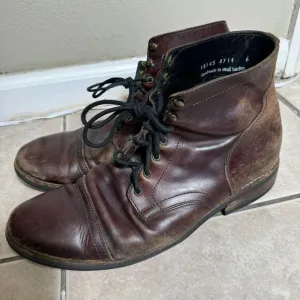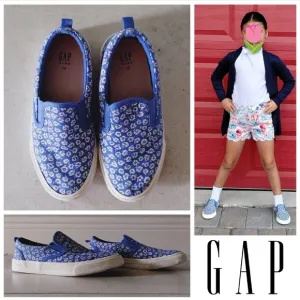Kent Monkman discovered in George Catlin's 1841 writings descriptions of an “Indian beau or dandy” from the Mandan tribe.
In Mandan culture, however, the honour of having one’s portrait painted was reserved for warriors, and Catlin was therefore forced to abandon his ‘dandy’ portrait at the preparatory stage because of the character's "low status" within the tribe.
Monkman rescues the "Dandy" figure from obscurity in a series of paintings exhibited in 2008 under the title “Explorers and Dandies.”
These are fascinating depictions epitomize Monkman's practice of hijacking colonial images and infusing them with mischievous homoeroticism.
Explaining that the dandy was “an embarrassment to white visitors,” but not to his tribe, Monkman recognizes the gender-straddling cultural role of this historically neglected class.
Dressing in a highly ornamental fashion, which combined elements of white and Indigenous cultures, berdaches in Cree culture were honoured for their role as faith keepers, arbitrators in conflicts between men and women, and for their assistance with the more physically demanding tasks performed by women.
This painting, officially titled "Ah-Nó-Je-Nahge (He who Stands on both sides, A Distinguished Ball Player)" depicts one fully realized and two outlined dandies—perhaps a reference to Catlin’s chalk sketch—and is a stunning celebration of a figure that has been traditionally ignored in colonial imagery.
Additional images available on request.
Questions about this piece? .
Canada, 2008
Acrylic on canvas
Signed and dated by the artist
24”W 29.5”H
29”W 34.5”H (framed)
Excellent condition.


















